8 Small Things You Can Do Today to Live Healthier
Recent science shows that small lifestyle changes (and a little fun) are all it takes to improve your health. We talked to prominent doctors, crunched the data, and found a few high-payoff tweaks.

Photo: Svetl/iStock/Thinkstock
Fight Fiber with Fiber
A study in the journal Obesity found that every ten-gram increase in subjects' consumption of soluble fiber over the course of five years was associated with a nearly 4 percent reduction in the accumulation of visceral fat, a type of belly fat linked to a host of health problems, including type 2 diabetes. Soluble fiber (found in oats, beans, and some fruits and veggies) can reduce the absorption of sugar and cholesterol into the bloodstream.
5 Fiber All-Stars
Get in more fat-burning soluble fiber with these foods.
Black beans: 1 cup = 4 grams of soluble fiber
Brussels sprouts: 1/2 cup = 3 grams of soluble fiber
Pear: medium = 2 grams of soluble fiber
Prunes: 1/4 cup = 1.5 grams of soluble fiber
Instant oatmeal: 1 packet = 1 gram of soluble fiber
5 Fiber All-Stars
Get in more fat-burning soluble fiber with these foods.
Black beans: 1 cup = 4 grams of soluble fiber
Brussels sprouts: 1/2 cup = 3 grams of soluble fiber
Pear: medium = 2 grams of soluble fiber
Prunes: 1/4 cup = 1.5 grams of soluble fiber
Instant oatmeal: 1 packet = 1 gram of soluble fiber
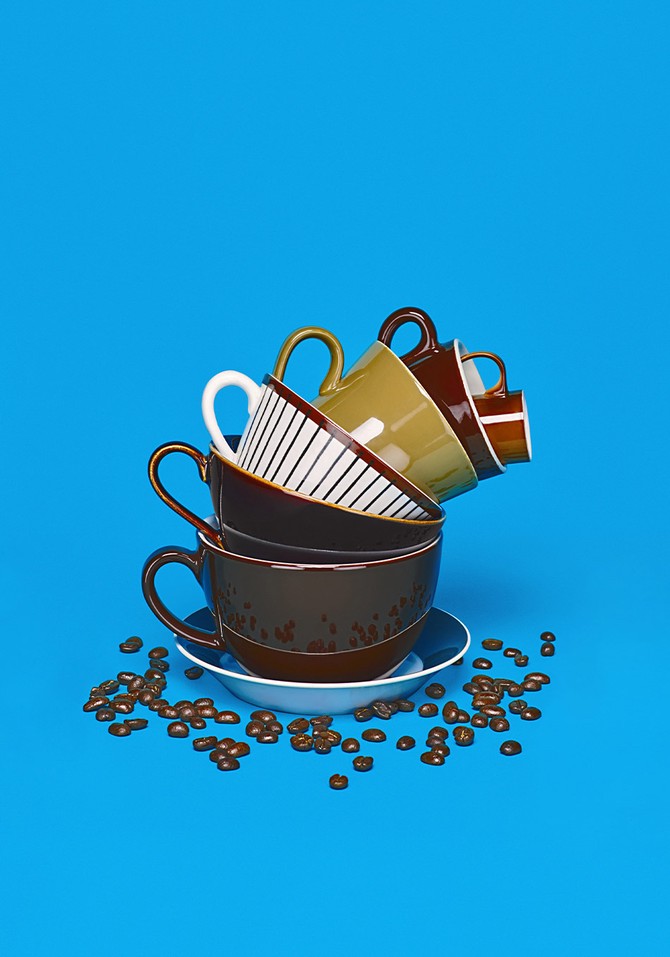
Photo: Jamie Chung
Enjoy Your Joe
A new study in the Journal of the National Cancer Institute suggests that caffeinated coffee may help prevent malignant melanoma, the most dangerous form of skin cancer. Researchers found that people who regularly drank four or more cups (the equivalent of two Grandes at Starbucks) a day had on average a 25 percent lower risk of developing melanoma over the course of about ten years. One theory is that the roasting process produces vitamins that may protect against UVB damage. While decaf didn't show the same effect, another recent report linked drinking three to five cups (decaf or caffeinated) daily to a potential decrease in the risk of heart disease.

Photo: hakkiarslan/Thinkstock
Step Out of the Shade
You've probably heard about the many benefits of vitamin D—it may help stave off depression, diabetes, heart disease, even some types of cancer. Now a study of roughly 400 healthy adults has found that the nutrient, which is produced during sun exposure, may improve physical strength, possibly by preventing muscle fibers from atrophying. Researchers discovered that high D levels are associated with greater arm and leg strength—a promising finding given that we lose up to 8 percent of our muscle mass per decade between ages 30 and 70.
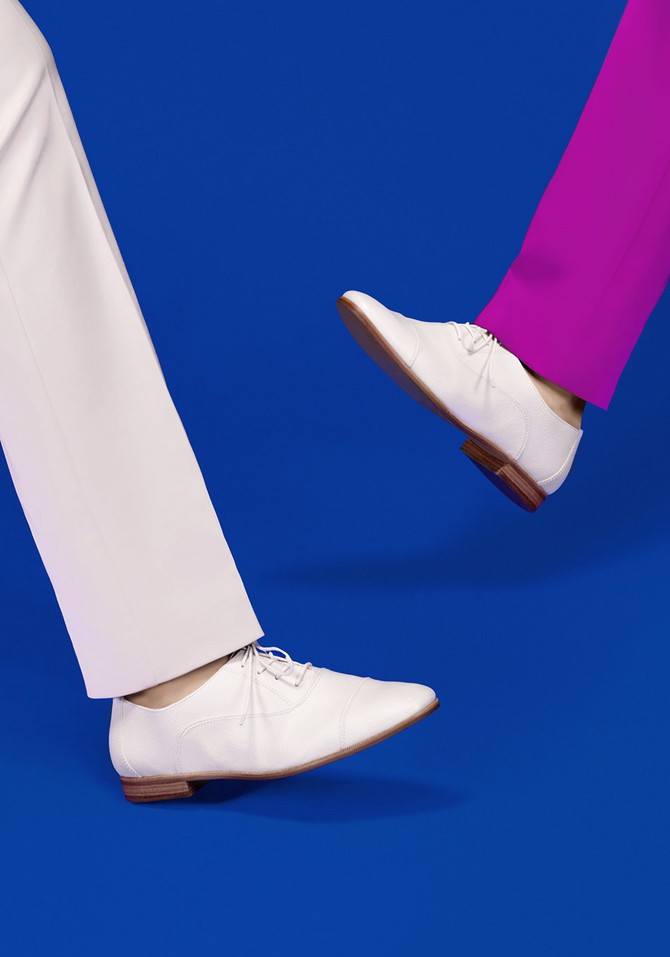
Photo: Jamie Chung
Walk (Even a Little!)
A brisk 20-minute walk each day may be all it takes to live longer. A new study of more than 334,000 people published in the American Journal of Clinical Nutrition revealed that even small increases in physical activity can reduce the risk of death by up to an astonishing 30 percent. And lunchtime may be the best time for a stroll if you want some bonus de-stressing: A small study found that when normally sedentary female office workers began walking for 30 minutes three times a week during their usual lunch hour, they reported feeling less distressed and more relaxed.
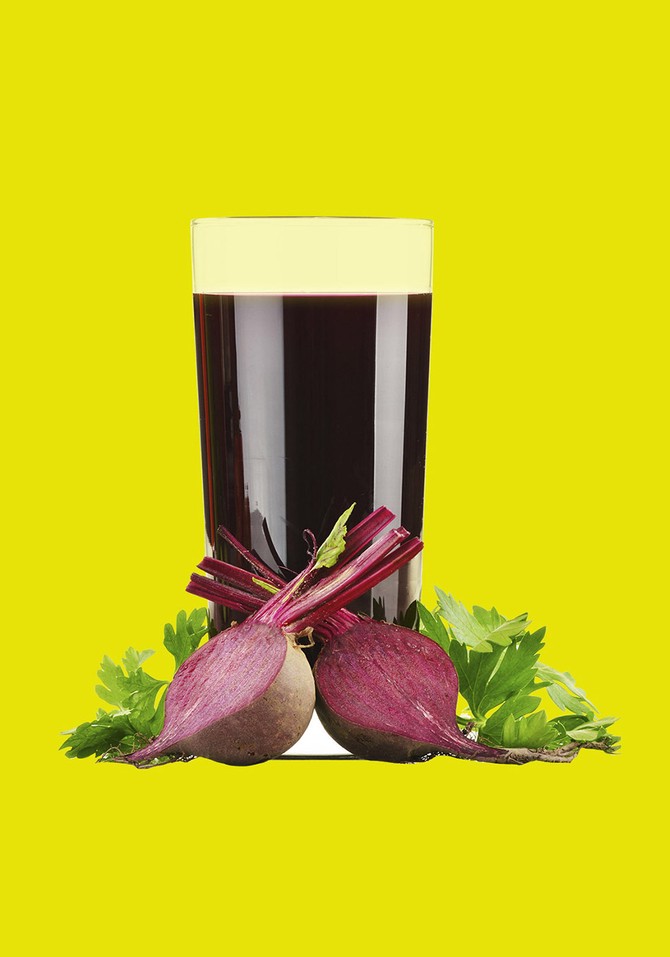
Photo: monticelllo/iStock/Thinkstock
Beet It
Drinking a cup of nitrate-rich beetroot juice each day significantly lowered blood pressure in people with hypertension, according to a new report. Over the course of four weeks, subjects' systolic blood pressure (the top number, which measures the pressure in arteries as the heart beats) dropped by about 8 points, while diastolic BP (the bottom number, which measures pressure between beats) decreased 2 to 5 points. Why? The body converts nitrate to nitric oxide, which relaxes arteries and improves blood flow.
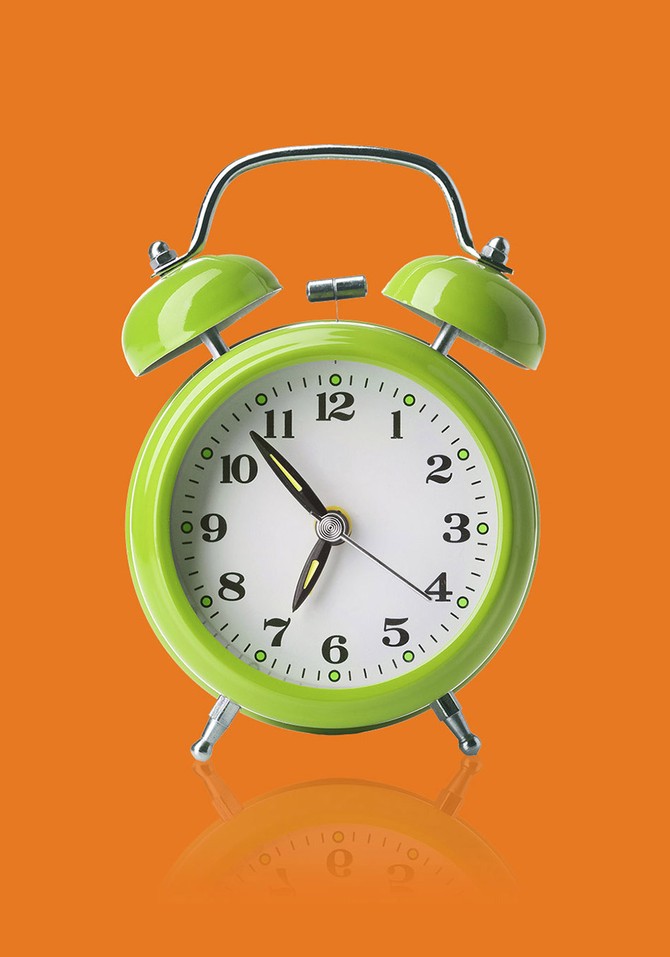
Photo: AlexStar/iStock/Thinkstock
Snooze Your Way Slim
A little more shut-eye may help ease your reliance on high-calorie snacks for energy. A small study in the journal Appetite found that when people who normally slept less than six and a half hours a night got an extra 96 minutes, they were 62 percent less likely to crave junk food and reported feeling less hungry overall.
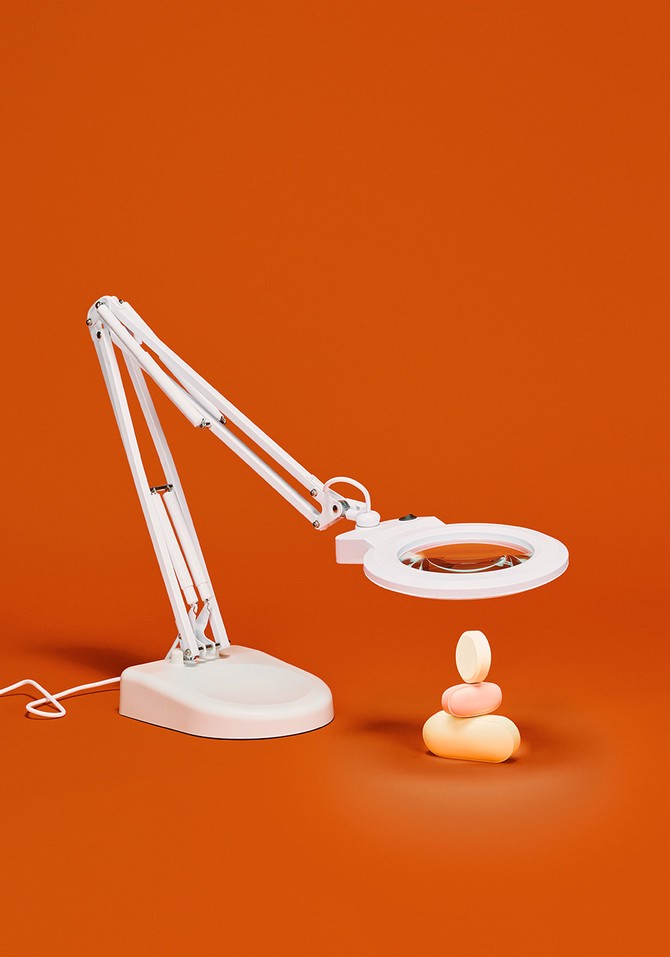
Photo: Jamie Chung
Question Your Meds
At least two million Americans are infected with drug-resistant bacteria each year. One of the easiest ways to fight the emergence of such superbugs is to avoid misusing antibiotics. When you take an antibiotic, it kills not just illness-causing bacteria, but also good, infection-fighting bacteria. This gives bugs that are naturally resistant to the drug the chance to proliferate. As a result, the same antibiotic may not work the next time you need it. Currently, one in two hospital patients is prescribed an antibiotic. To protect yourself—and your fellow humans—ask your doctor if you really need a prescription. If you don't, skip it.

Photo: Carlush/iStock/Thinkstock
Just Do It!
"Not tonight, dear, I have a"—wait a minute. A recent German study found that 60 percent of subjects who were experiencing migraines and 37 percent who had severe headaches actually reported partial or complete pain relief after having sex—possibly because the brain releases endorphins, natural pain relievers, during the act.
From the May 2015 issue of O, The Oprah Magazine

